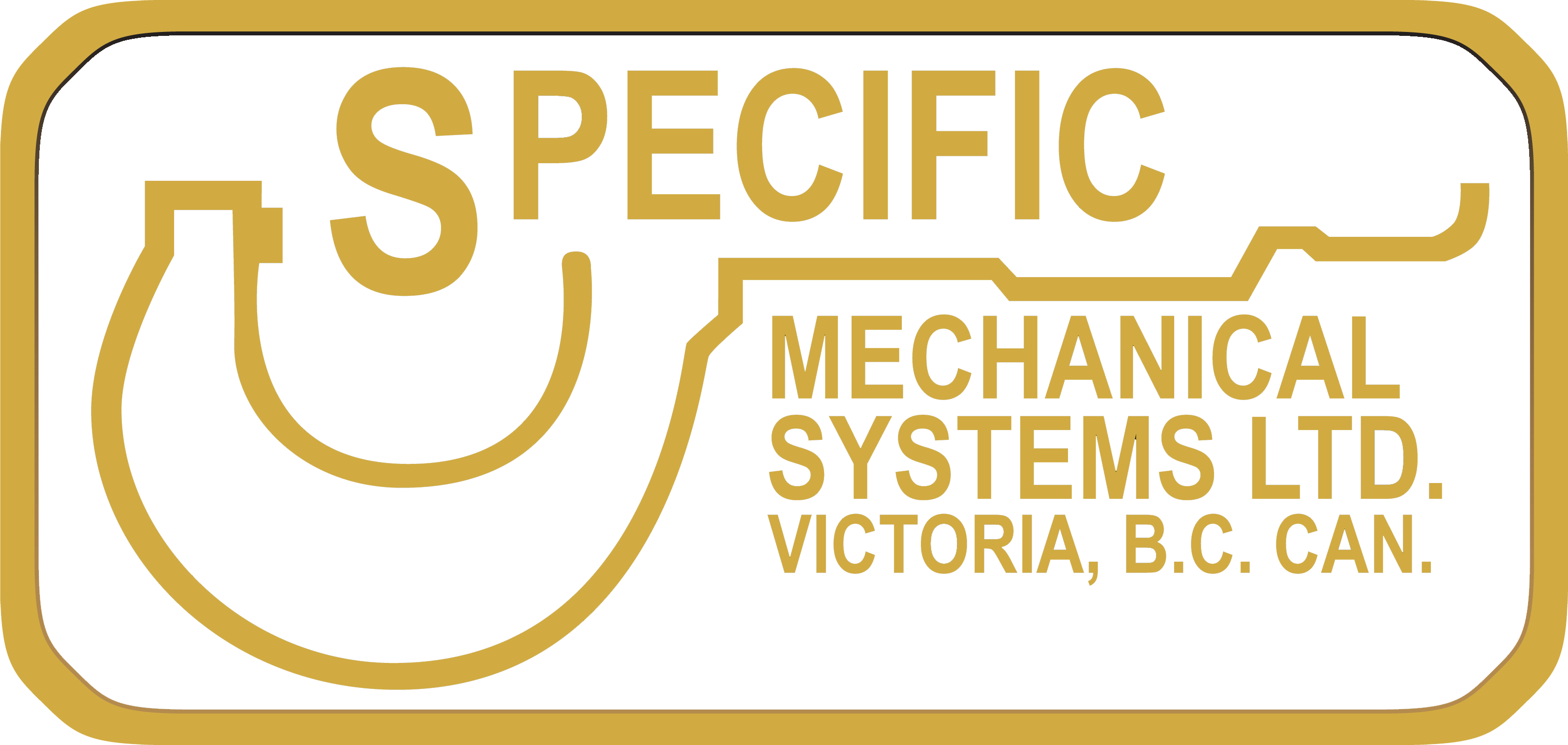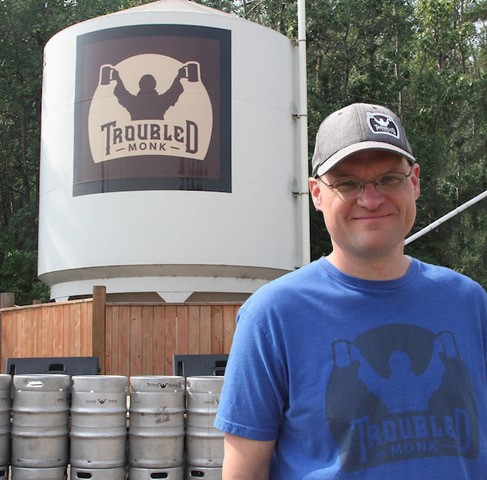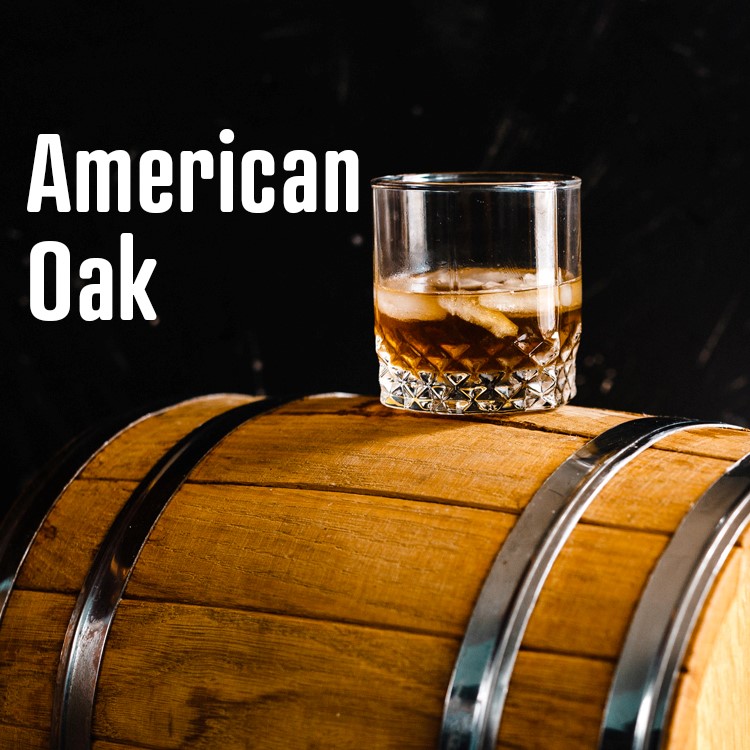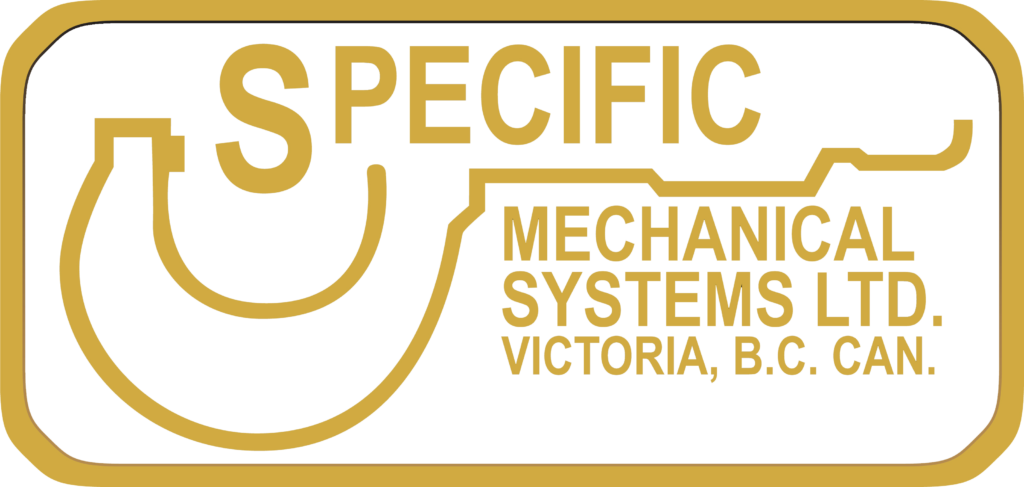Decoction is a traditional brewing technique that involves boiling a portion of the mash and then mixing it back into the main mash to achieve a stepwise increase in temperature. This method is particularly associated with certain styles of European beers, such as German lagers and Bohemian Pilsners. The decoction process is more labour-intensive and time-consuming than the more commonly used infusion mashing, however, decoction mashing can contribute to the complexity of the beer’s flavour, enhance its colour, and improve the efficiency of the mash.
The Basic Steps of Decoction Mashing
- Mash In: The process begins with mashing in, where crushed malt grains are mixed with hot water to create a mash. The initial temperature is usually set for a protein rest, which can vary depending on the recipe but is typically around 122°F (50°C).
- First Decoction: After the protein rest, a portion of the mash (usually one-third of the total mash) is transferred to a separate kettle. This portion typically includes both liquid and solids (grains). The separated mash is then slowly heated to a higher temperature (often around 150-158°F or 65-70°C) to facilitate starch conversion to sugars, and then brought to a boil. Boiling the mash helps to break down the grains, making more starch available for conversion, and can also caramelize some of the sugars, adding depth to the flavour and colour of the beer.
- Return to Main Mash: After boiling for a set period (often 15 to 30 minutes), the decocted portion is mixed back into the main mash, raising its overall temperature to the next rest level. This step is crucial for enzymes to work on converting starches into fermentable sugars at different temperature points, each favoring different enzyme activities.
- Additional Decoctions: Depending on the recipe and the desired complexity, the decoction process can be repeated one or more times, with each cycle aiming for a higher temperature rest. Common rest temperatures target enzymatic activities such as beta-amylase (around 140-149°F or 60-65°C) and alpha-amylase (around 158-162°F or 70-72°C).
- Mash Out and Lauter: After the final decoction and temperature step, the mash is raised to mash-out temperature (around 168°F or 76°C) to halt enzyme activity. The liquid wort is then separated from the solid grain material in the lautering process .
- Boil: The clear wort is collected and brought to a boil, during which hops and other flavourings can be added.
- Fermentation: After boiling, the wort is cooled and transferred to a fermenter, where yeast is added to begin fermentation, converting the sugars into alcohol and carbon dioxide.
Benefits of Decoction Mashing
- Flavour and Aroma: Decoction can create a depth of malt flavour and aroma that is hard to achieve with infusion mashing. The boiling process can produce melanoidins, compounds that contribute rich, toasty, and bready flavors.
- Efficiency: It can help extract more fermentable sugars from the grains, which can be beneficial when using undermodified malts that require more extensive breakdown of starches.
- Mouthfeel and Body: The process can contribute to a fuller body and smoother mouthfeel, making it especially suitable for certain lager styles.
Despite its benefits, decoction mashing is less common in modern brewing, primarily due to its labour-intensive nature and the advent of well-modified malts that do not require such extensive treatment to achieve high levels of sugar extraction. However, many traditional brewers and craft beer enthusiasts continue to use and celebrate this method for its historical significance and the unique characteristics it can impart to beer.






